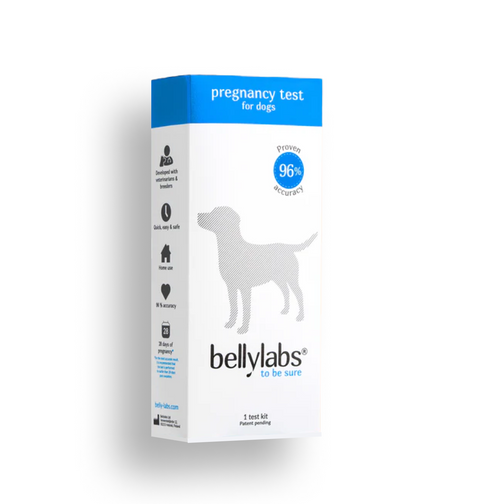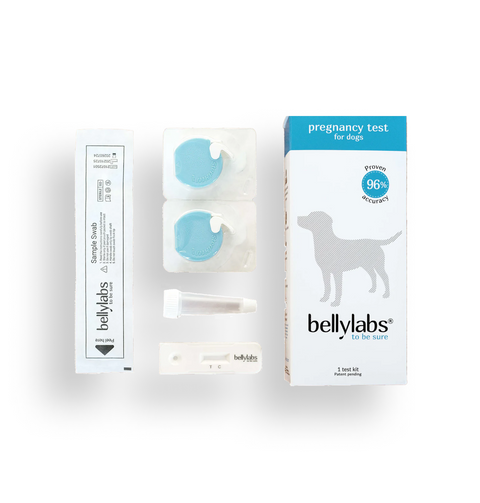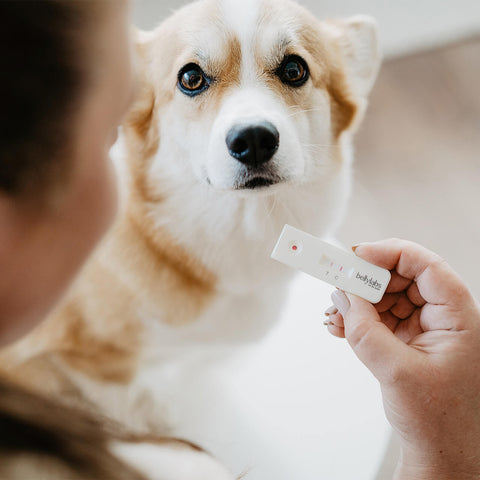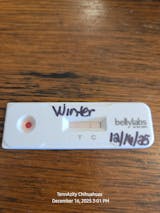Neonatal mortality is a significant concern in veterinary medicine, and the APGAR scoring scale, commonly used in human medicine since the 1950s, offers a potential solution. This scoring system evaluates the viability of newborns based on five criteria: heart rate, respiratory effort, muscle tone, reflex irritability, and color. Low APGAR scores indicate newborns that require immediate attention and care.
While APGAR scoring is simple and effective, it hasn't been widely adopted in veterinary medicine. However, a recent study suggests its potential usefulness in predicting the survival prognosis of newborn puppies and kittens. The study found a significant association between APGAR scores and both viability and the time of expulsion for each puppy. Additionally, birth weight was significantly associated with viability in kittens.
The study concludes that APGAR scoring could serve as a valuable tool for breeders and veterinary staff, particularly after cesarean sections, to quickly assess the health status of newborn animals and provide necessary care. Implementing APGAR scoring in breeding management could potentially reduce neonatal mortality rates.
While the study provides promising results, further research, particularly with larger sample sizes, is needed to fully understand the impact of APGAR scoring on neonatal viability, especially in kittens. Nevertheless, the study suggests that widespread use of APGAR scoring in breeding and veterinary practice could greatly improve neonatal care and reduce mortality rates in newborn puppies and kittens.
Author: Rebecca Axelsson












